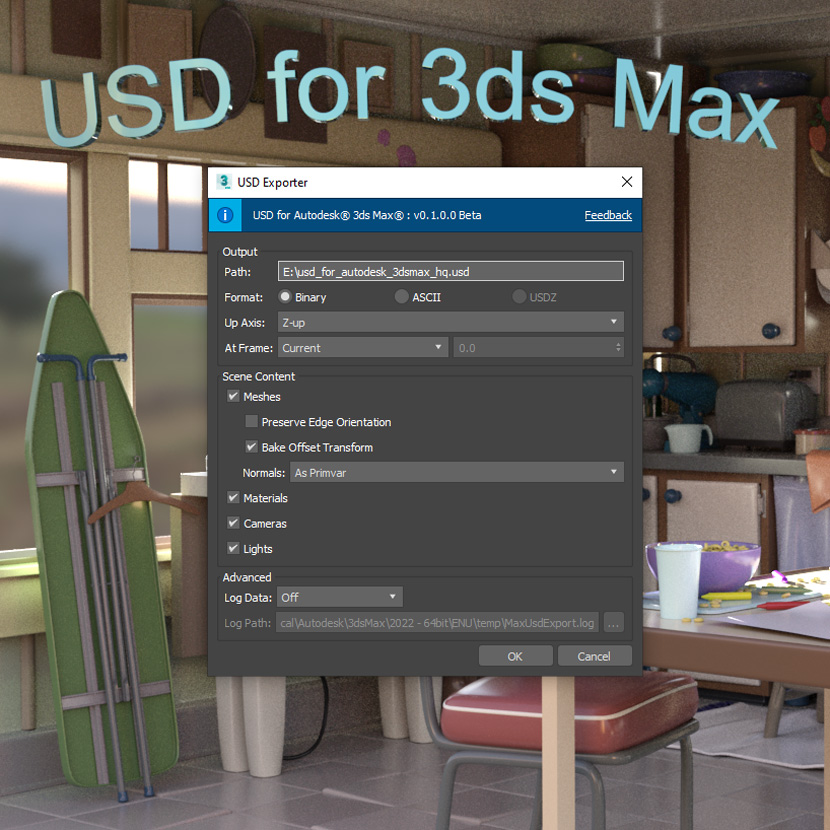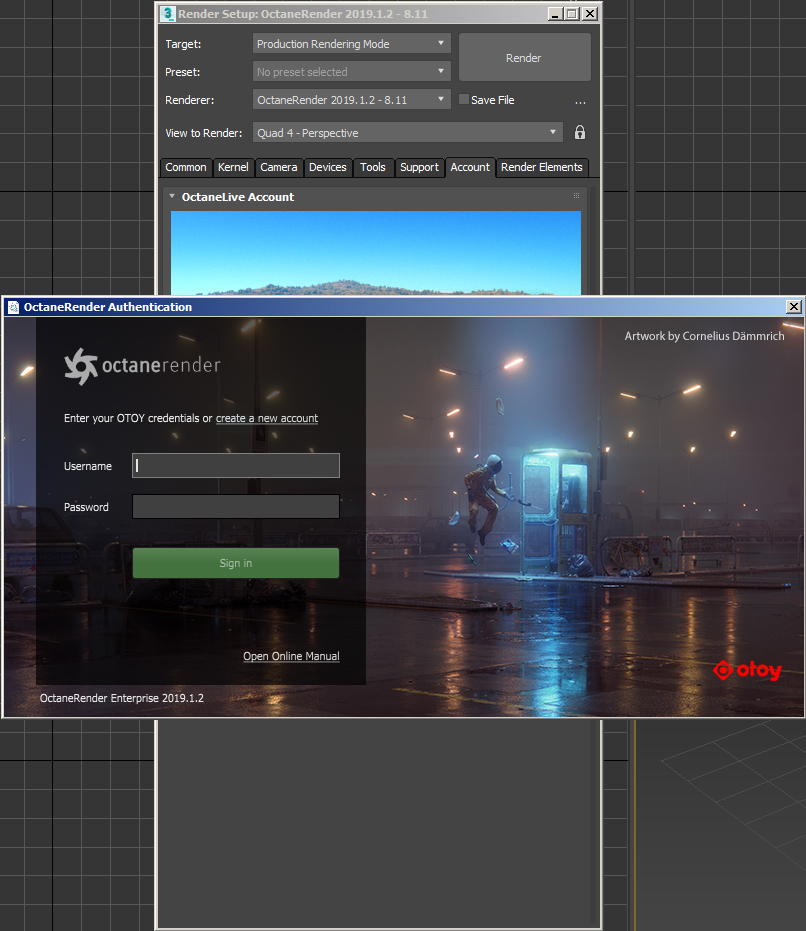

We decided, "Let's create a commercial, a photo reel, Cadillac car commercial, using Cinema and we're going to use it to test the software. So what we did is we created a commercial. We needed a way to test out Cinema 4D and figure out if it was going to work for us. Also, Cinema has some amazing renderer choices, tons of choices. We both value the artist, we both value the process, and we both wanted to create art.

We also saw a big roadmap alignment in which we saw where we wanted to go as a studio, and we saw where MAXON was going with their products and their product line. So switching to Cinema gave us this ability to scale. If we got a big job, what would we do? Who would we hire? There weren't any Max freelancers in Chicago that we could bring in, yet there were all these Cinema artists out there. And we knew that there was this giant user base of Cinema 4D freelancers and whatnot.

So the big question is why did we switch? Why did we switch from 3ds Max to Cinema 4D? We realized that we just didn't have a big user base in Chicago, which is where we're located, in Max.
3DS MAX 2016 OCTANE RENDER PLUGIN MOVIE
We did a lot of movie titles, a lot of commercial work. So that's a little bit of the work that we did at Digital Kitchen, where we were a motion graphics house. So I'm going to show you our reel, real quick. First of all, I want to show you a little bit about what we did at DK. So my presentation, I'm going to talk to you about how we made that switch, why we made that switch, and what we learned along the way.

At Digital Kitchen, we were a 3ds Max house, and we decided probably about six months ago- I've only been using Cinema 4D for about nine months- that we were going to make the switch from Max to Cinema 4D. But this presentation is not really about that. But as of about a week ago, I switched jobs and I now am a Creative Director at Greyscalegorilla, which you may be familiar with. My name is Chad Ashley, and I am or/was a Creative Director at Digital Kitchen. Finally Chad shows how the Camera Morph tag smoothly interpolates between fixed camera positions to create a dynamic, sweeping camera animation. Chad shows how MoGraph’s Volume Effector combines with the Displace Deformer to reveal the bricks in a way that appears random, but is easy to art-direct. In a spot for Chicago’s Museum of Science & Industry, Chad and his team created an animation of lego bricks constructing the Golden Gate Bridge. This C4D plugin allows you to place a tag on an Octane or Arnold Sky and easily apply an HDR from GSG’s HDRI Studio Kit. MoGraph Lego Brick Reveal / Volume EffectorĬhad now works for GreyscaleGorilla, and shows an upcoming product HDRI Link. Octane provides outstanding render quality and real-time feedback when lighting the scene. Chad shows how Cinema 4D’s Xrefs improve workflow in a multiple-artist environment, and how the Character Object can be used to easily deploy a car rig.
3DS MAX 2016 OCTANE RENDER PLUGIN SOFTWARE
Digital Kitchen used a spec spot for the Cadillac ELR as a testing ground to explore C4D’s workflow and confirm their software decision. Chad Ashley shares why Digital Kitchen transitioned from 3ds max to Cinema 4D, and shows two of his first Cinema 4D projects.


 0 kommentar(er)
0 kommentar(er)
